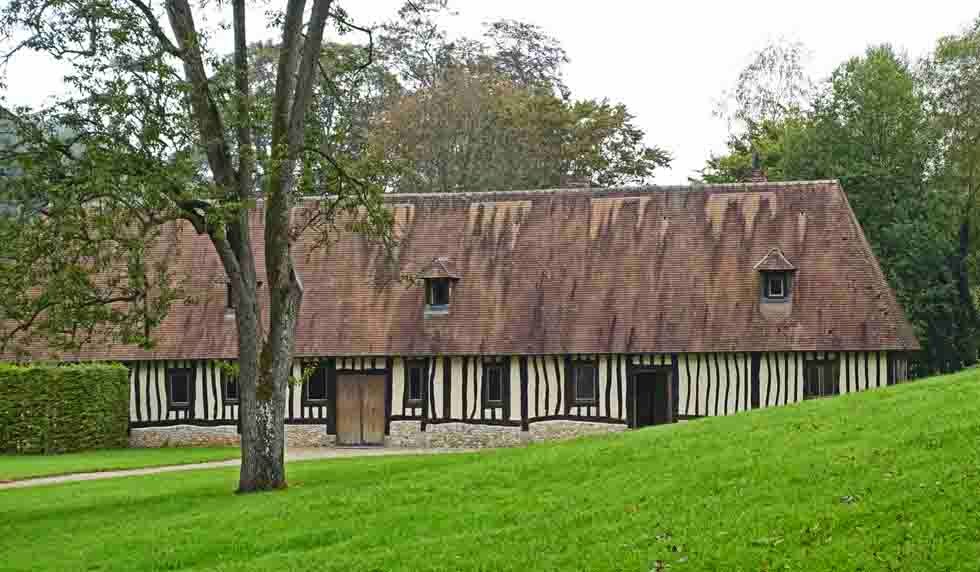O.K., O.K… the Bayeux Tapestry isn’t really tapestry at all but embroidery… but never mind… it’s an amazing work 230 feet long… and another thing: I told a lot of kids in senior English classes, going back to 1957, when we took up the Norman conquest of England, that the “tapestry” was designed by the wife of William, Duke of Normandy, aka William the Conquerer… I may have said back then that it was designed by William’s mother… You know how mothers are at least about their son’s conquests that mothers can talk about… I may have embellished a bit… O.K., O.K… let’s say embroidered the stories a bit. Television was still in black and white way back when I started teaching, and a little color injected into English lessons helped keep the kids awake. The point is that the honest to goodness… was going to say “honest to God” but changed my mind for reasons I can’t explain… truth is that there are lots of theories about the origin of the “tapestry.” Some scholars even believe it was done in England, not in France; and some think it was done in the Loire Valley by some ladies especially good with their hands; and some even think neither William’s mother nor his wife Matilda had anything to do with it. The best guess these days seems to be that William’s half brother Bishop Odo commissioned the work, which probably tilts in the direction of the claim that it was done in England because that’s where Odo spent a lot of his career as a Bishop. Sorry I can’t show pictures of The Bayeux Embroidery… I wasn’t allowed to take any.
What I can post are some pictures of ordinary things that got my attention today… like a strange little fruit that topped the dessert I was served for dinner; and the overwhelming Bayeux cathedral; and the French landscape I saw from the bus… maybe cloudscape would be a better name for it; and a humongous stack of containers, probably from China, all lined up along the canal we traveled just before a spectacular sunset painted gold the sky and its reflection in the water.























































